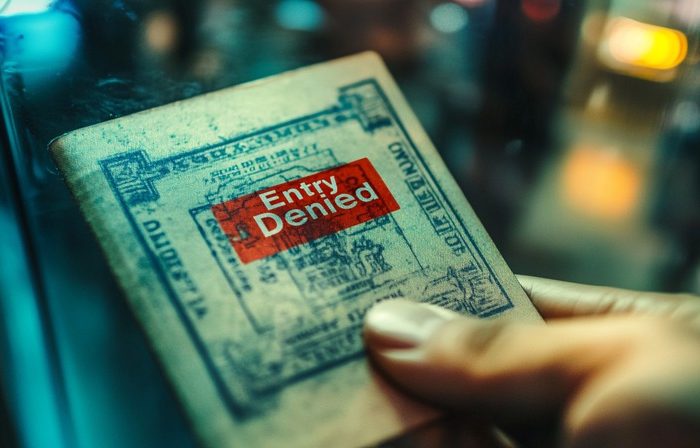Why Is Periodontal Care Crucial for Oral Health?
Periodontal care is fundamental for maintaining optimal oral health. It focuses on preventing and managing diseases that affect the gums and supporting structures of the teeth. Without proper periodontal care, individuals are at risk of developing conditions such as gingivitis and periodontitis, which can lead to tooth loss and other severe health issues. Regular periodontal check-ups and treatments ensure a healthy foundation for teeth and overall well-being.
Neglecting periodontal care can lead to severe oral health issues, including gum disease, tooth loss, and even systemic health problems. Here’s why periodontal care is crucial for your oral health:
1. Preventing Gum Disease
One of the primary reasons periodontal care is vital is its role in preventing gum disease. Gum disease, also known as periodontal disease, begins with gingivitis, an inflammation of the gums caused by plaque buildup. If gingivitis is not treated, it can progress to periodontitis, a more severe form of gum disease that affects the deeper tissues and bones that support your teeth.
Regular periodontal care by a reputable dentist, including professional cleanings and good oral hygiene practices, helps remove plaque and tartar from the gum line, reducing the risk of gum disease and keeping your gums healthy.
2. Preserving Tooth Health and Stability
Your gums play a crucial role in supporting your teeth. Healthy gums act as a protective barrier, holding your teeth firmly in place and preventing bacteria from reaching the underlying bone. When periodontal care is neglected, gum disease can cause the gums to recede, leading to pockets between the teeth and gums where bacteria can thrive.
This can result in bone loss, which weakens the support for your teeth and increases the risk of tooth mobility or loss. By maintaining good periodontal care, you help preserve the stability and longevity of your teeth.
3. Reducing the Risk of Systemic Health Issues
Research has shown that gum disease is linked to several systemic health conditions, including heart disease, diabetes, and respiratory infections. The bacteria that cause periodontal disease can enter the bloodstream through the gums, potentially leading to inflammation and contributing to these health issues. Regular periodontal care helps reduce the bacterial load in your mouth, lowering the risk of these systemic complications and supporting your overall health.
4. Enhancing Aesthetic Appearance
Healthy gums are essential for a beautiful smile. Periodontal care helps maintain the appearance of your gums, preventing them from becoming red, swollen, or receding. Receding gums can make your teeth appear longer and expose the roots, which can be unsightly and lead to sensitivity. By prioritizing periodontal care, you can maintain a healthy and attractive smile, boosting your confidence and overall appearance.
5. Preventing Bad Breath
Persistent bad breath, or halitosis, is often a sign of poor gum health. Bacteria accumulating in the mouth, particularly in the pockets created by gum disease, produce unpleasant odors. Regular periodontal treatment in San Francisco, including professional cleanings and proper oral hygiene, helps eliminate these bacteria, reduce bad breath, and promote a fresher mouth.
6. Facilitating Early Detection of Oral Health Issues
Routine periodontal care involves regular check-ups with your dentist or periodontist, who can monitor the health of your gums and detect any early signs of gum disease or other oral health issues. Early detection is vital in preventing more severe problems, as it allows for timely intervention and treatment. This proactive approach can save you from more extensive and costly procedures.
7. Supporting Long-Term Oral Health
Investing in periodontal care is an investment in your long-term oral health. Maintaining healthy gums creates a strong foundation for your teeth, reducing the likelihood of tooth loss and other complications as you age. Consistent periodontal care ensures that your teeth and gums remain in good condition, allowing you to enjoy a healthy mouth and a confident smile.
8. Preventing Tooth Sensitivity
Periodontal care is crucial for preventing tooth sensitivity, a common problem caused by receding gums. When gums recede, the underlying dentin becomes exposed, leading to discomfort or pain when consuming hot, cold, sweet, or acidic foods and beverages. Regular periodontal care helps maintain the integrity of your gums, preventing them from receding and protecting the sensitive areas of your teeth.
In severe cases where immediate attention is needed, emergency dental treatment might be required to address acute discomfort or pain associated with advanced gum recession. This proactive approach reduces the likelihood of developing sensitivity and ensures your teeth remain comfortable and functional.
9. Improving Your Bite Alignment
Periodontal care not only protects your gums and teeth but also plays a role in maintaining proper bite alignment. Gum disease and receding gums can cause teeth to shift or become loose, leading to misalignment or bite problems. This can result in difficulty chewing, uneven wear on teeth, and jaw pain.
By prioritizing periodontal care, you help maintain the natural alignment of your teeth, preserve your bite, and prevent potential complications that could affect oral function and comfort.
10. Promoting Faster Healing and Recovery
Healthy gums are essential for successful healing and recovery after dental procedures such as extractions, implants, or orthodontic treatments. Periodontal care ensures that your gums are in optimal condition, reducing the risk of complications during and after these procedures.
Healthy gums have better blood circulation and are less prone to infection, speeding up healing and improving dental treatments’ overall success. Regular periodontal check-ups and care help prepare your gums for necessary dental work, ensuring better outcomes and faster recovery times.
Final Thoughts
Periodontal care is a critical component of maintaining overall oral health. By preventing gum disease, preserving tooth stability, reducing the risk of systemic health issues, and enhancing the aesthetic appearance of your smile, regular periodontal care plays a vital role in keeping your mouth healthy. Prioritizing periodontal care through regular dental visits, professional cleanings, and diligent oral hygiene practices is essential for preventing serious oral health problems and ensuring the long-term health of your teeth and gums.




